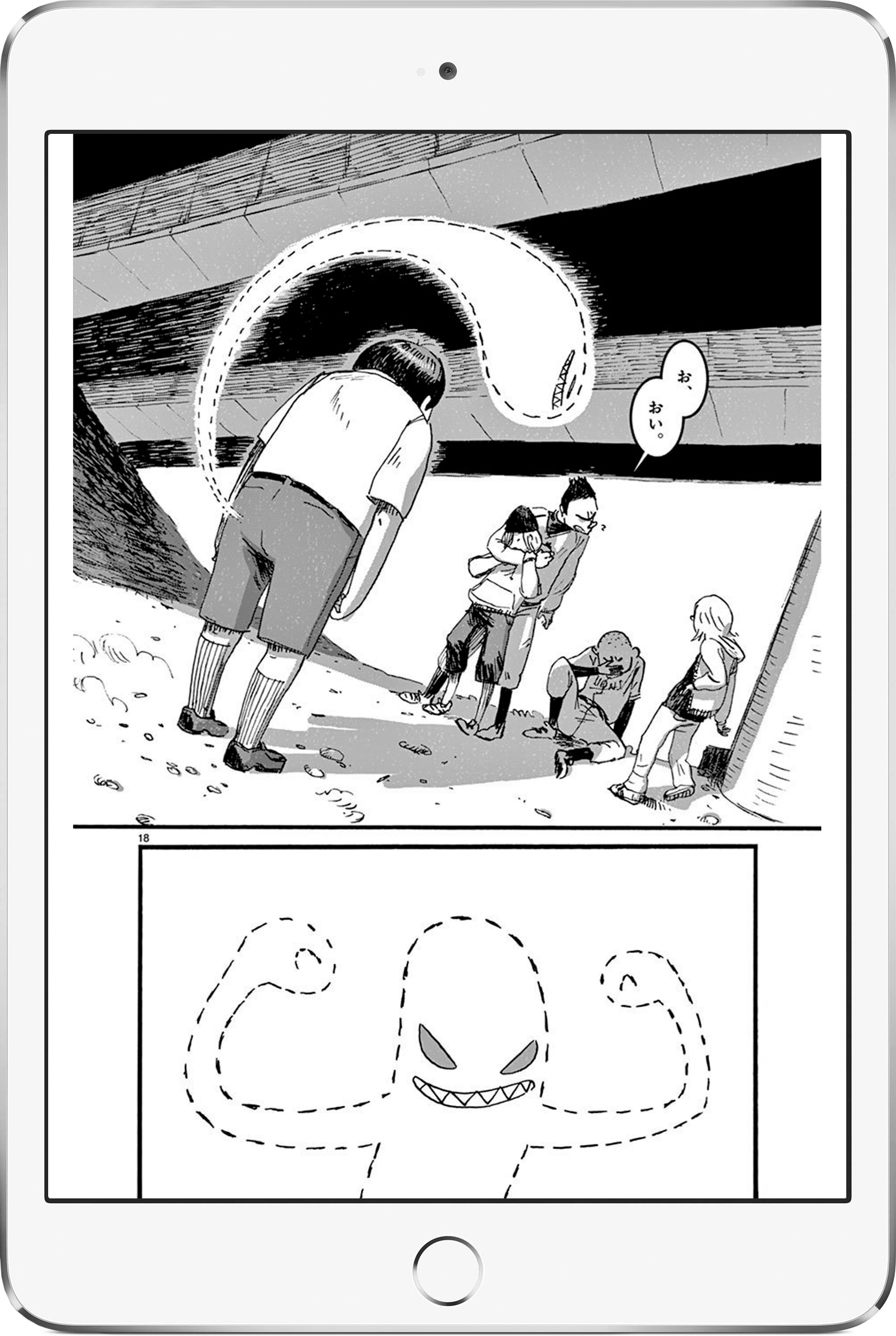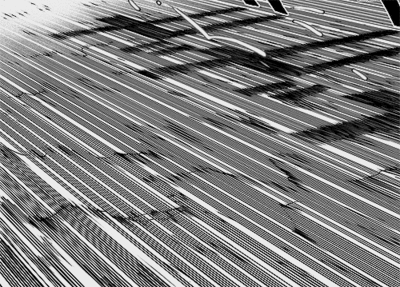media ecology
The comic is a complex medium, which includes highly codified paralinguistic, visual and narrative elements, where formal and aesthetic aspects are closely related to the production system. In the case of Japanese manga (where highly conventionalized elements abound) the relationship between form and industry is especially strong: some aesthetic characteristics cannot be understood apart from the productive needs that gave rise to them, and vice versa. However, with the irruption of digital comics, in the last two decades a series of transformations have been taking place that affect the very nature of manga, and that can only be explained with the concept of post-digital manga presented here. This subproject also links with the notion of Media Ecology and post-humanist theories.
Manga understood as a style emphasizes the formal elements and material aspects that completely define it and differentiate it from other forms of sequential art. Ultimately, these two facets involved in the way we understand manga are truly and deeply intertwined. However, in the last 15 years, the potential of digital manga has begun to be explored, triggering a kind of “quiet revolution” without being fully aware of how this digital advancement is affecting the publishing system and thus manga as a medium. “Media ecology” explores how different artistic, social and cultural media change (and change us) over time. Thus, this subproject attempts to study how the production system, constantly evolving due to the advent of online serials, may transform some of the formal characteristics of manga that were hitherto considered defining features and an essential part of the medium.
Although a comic work is initially conceived to end up being printed, the digital medium entails (consciously or unconsciously) a series of productive transformations that, in the end, give rise to new aesthetic possibilities. Due to their digital nature, many webcomic and webmanga works are not constrained to the spatial limit of the printed work and, consequently, the number of pages is highly variable. Although it may seem obvious, this possibility makes it possible to completely change the dynamics of the narrative, to transform the use of the cliffhanger so common in serialized publications, or to develop the aesthetic-narrative possibilities of the “art of the pause” to the maximum. As a consequence, the rhythm is different -and it is especially noticeable when facing the printed reading- so that a much greater control over the narrative can be exercised, seeking spectacularity or dramatic effect in each sequence. As opposed to the “vignette-frame”, the digital comic opens the door to the idea of the “fold-frame”.
With an eye on the concept of post-digital comics, this project analyzes the functions and effects of digitization and digital technologies within contemporary Japanese comics. The project focuses primarily on recent changes in the production and distribution, as well as the consumption and aesthetics of these comics following the cultural rise of digital technologies in the late 1990s and early 2000s. This period brought with it a series of profound changes in the comics industry. As a result of new forms of production and distribution, along with new reading habits, a large part of traditional comics, aimed at a wide audience, are (re)finding their niche in the market again. At the same time, a new comics segment is emerging. Fanzine production is strong and spreading rapidly, and new online distribution strategies have boosted this do it yourself culture. At the same time, many new publishers, often with roots in social networks and cultural comics fandom, are establishing new modes of production and distribution, promoting transdisciplinary creative collaborations and a certain “DIY aesthetic,” as well as an emphasis on the material and craft qualities of the printed book. New forms of organization challenge the traditional structures of the comics industry, replacing top-down hierarchies with participatory networks.
Testimonial comic
This project analyzes the capacity and suitability of the comic medium when it comes to empathically connect with the reader, and thus serve as a channel for the transmission of social values. The uniqueness of comics in promoting empathy can be affirmed by attending to theories of visual thinking (Arnheim, 1969) and social studies such as Anthropographics (Bertini, 2017). The empathic reaction of the audience varies according to the way the information is transmitted, depending on whether it is a message transmitted visually with realistic images, visually only with signs, images and text or only text. Here we analyze how the simplification of concepts into signs or the use of less realistic images does not diminish the levels of empathic responses, but quite the opposite: the qualities of the comic allow an empathic connection on the part of the public different from that achieved by other artistic manifestations, thus facilitating the assimilation of the message.
Results:
Among the most important activities was the VI International Forum on Creation at the Border: “Manga in a Postdigital Environment”.




